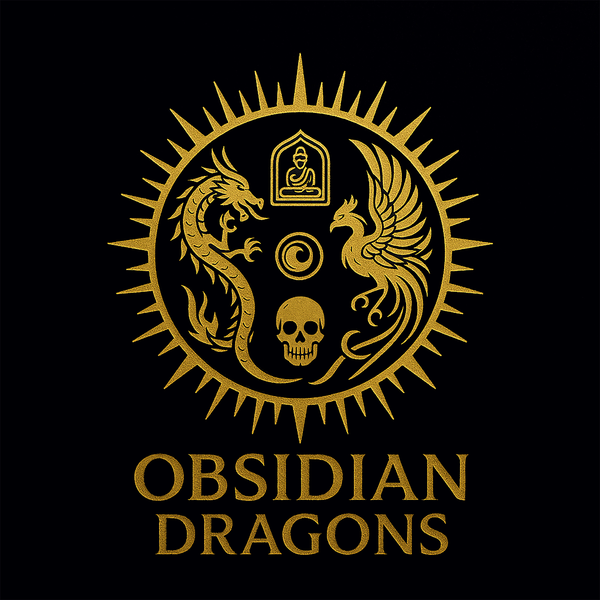obsidian dragons
Designer Mala - Unique - 108 Bodhi Seeds - Buddha Acala
Designer Mala - Unique - 108 Bodhi Seeds - Buddha Acala
Couldn't load pickup availability
Designer Mala - Unique - 108 Bodhi Seeds - Buddha Acala
Designer mala dedicated to the practice of the Buddha Acala, ideal for tantric practices.
Exceptional handcrafted mala due to the quality of the components chosen and the rarity of the pendant representing the Acala Buddha in finish, to which this mala is dedicated.
Dimensions of this designer mala: 52cm long, weight 166 grams.
As Malakara, we make all of our malas ourselves, scrupulously respecting tradition.
As a gemologist graduated from the National Institute of Gemmology in Paris, all our materials are appraised and certified.
This designer handcrafted mala is made up of:
108 seeds of sacred fig trees , also called pipal or bodhi.
Dimensions of each pearl: 8mm by 6mm
Buddha having attained enlightenment under a sacred fig tree, pipal seeds are the most traditional material for making malas. These seeds acquire a patina and take on a beautiful shine over time called "porcelain layer". Our seeds come from the island of Hainan known for cultivating and drying the finest quality in the world. Be careful, many websites and specialty stores mistakenly name these seeds as Lotus seeds.
The exceptional pendant in finish represents the Buddha Acala and is hand-carved in deer antler by a Japanese master specialized in the making of netsukes. The deer antler is of course harvested when they fall once a year in spring. The pigments for the painting are obtained from crushed minerals such as lapis lazuli
Dimensions of this pendant: 50mm high by 40mm wide by 20mm high
Buddha Acala is one of the five Vidyaraja, kings of knowledge and learning, lords of magical sciences, wrathful gods incarnated by Buddhas and Bodhisattvas.
To know everything about this Buddha, its history, its functions, its meaning, please click on this link
On each side, we have integrated DZI in counterpearls: each Authentic DZI has 3 eyes.
The Dzi, or sacred Tibetan agate, is a pearl of distant origin, bringing many mystical benefits and blessings to its wearer.
It is a Tibetan talisman or amulet, the king of lucky charms, sometimes venerated as a real divinity. Dzis are supposed to bring good fortune, ward off evil spirits, and protect its wearer from dangers and accidents, and even bring longevity and good health.
Meaning of the Three-Eyed DZI: Intuition, Wisdom and Divinity
Three-eyed Dzis are sacred Tibetan beads that carry deep and symbolic meaning. These unique Dzis, adorned with three eye-shaped designs, represent concepts such as intuition, wisdom, and divinity.
represents the three stars of luck, happiness, honor and longevity. It is the manifesto of the Hindu god of wealth, Kubera. This 3-eyed pearl creates the favorable conditions to enjoy fortune, happiness and prosperity.
-
Intuition and Clairvoyance: The three eyes on the three-eyed Dzis symbolize intuition and clairvoyance. They represent the ability to see beyond appearances and gain a deep understanding of reality. These Dzis encourage the development of intuition and openness to higher consciousness, thus enabling one to make informed decisions and follow the most righteous path.
-
Wisdom and Enlightenment The three-eyed Dzis are associated with wisdom and spiritual enlightenment. They represent transcendental knowledge and the awakening of consciousness. These sacred beads are a reminder of the quest for truth and the importance of seeking inner wisdom. They are considered spiritual guides to achieve a state of mental clarity and enlightenment.
-
Divine Protection The three eyes on the three-eyed Dzis also symbolize divinity and divine protection. They represent the presence of benevolent deities who guide and protect their wearer. These Dzis are considered powerful amulets, offering protection against negative energies and harmful influences. They also strengthen the connection with higher spiritual forces.
-
The balance of the three kingdoms The three eyes of the three-eyed Dzi are often interpreted as representing the balance between the three realms: the realm of gods, the realm of humans, and the realm of demons. These Dzi symbolize harmony between these different planes of existence and invite one to maintain balance in all aspects of life.
-
The use of three-eyed Dzis Three-eyed Dzis are worn as sacred talismans and objects of devotion in the Tibetan tradition. They are often incorporated into jewelry or religious objects such as necklaces, bracelets, or malas. Some Buddhist practitioners also use them in their meditation practices to cultivate wisdom and spiritual connection.
The three-eyed Dzis represent intuition, wisdom and divinity. Their three eyes symbolize clairvoyance, the search for inner wisdom and divine protection. These sacred Dzis are spiritual guides to achieve a state of enlightenment and harmony. They are worn with devotion and used as powerful amulets in the search for spiritual truth.
As this designer mala is dedicated to the Buddha Acala , we wanted to represent his sword as well as the dragon surrounding it.
Representation of a dragon claw, hand-carved from buffalo bone on one side. Acala Buddha sword in silver and copper on the other.
The Sword of Acala, also known as Fudō-myōō (不動明王) in Japan, is an important symbol in Esoteric Buddhism, particularly in the Vajrayāna school. Acala is a Buddhist deity depicted as a protector, often in a wrathful form, and is associated with the purification of illusions and obstacles.
The sword of Acala symbolizes the ability to cut through ignorance and attachments, leading to awakening. It is depicted in Acala's hand, showing her ability to destroy illusion and remove obstacles on the path to enlightenment.
The finishing bead of this handcrafted mala, also called the "guru bead" r It represents a dragon's head 27mm high by 25mm, and is carved from buffalo bone .
The Dragon: Guardian of the Dharma in Buddhism
The dragon, a universal legendary creature, occupies a significant place within several Buddhist schools, symbolizing the richness of the spiritual tradition. Although its role as guardian of the Dharma is not universal, some schools attribute a special significance to the dragon, thus reinforcing the protection of the sacred teachings of the Buddha.
- Chan (Zen) School: Within the Chan tradition, the dragon is seen as a symbol of awakened nature. Its power and grace represent the strength needed to overcome obstacles on the path to enlightenment. The representation of the dragon thus becomes a source of inspiration, propagating perseverance in meditation and spiritual quest.
- Pure Land School: The Pure Land school, devoted to Amitabha Buddha, frequently uses symbols such as the lotus and the dragon. Here, the dragon is seen as the guardian protecting the Pure Land, a spiritual realm devoid of suffering where followers aspire to be reborn.
- Shingon School: Shingon Buddhism, a Japanese esoteric school, celebrates complex rituals involving deities and spiritual forces. In these practices, the dragon is invoked as the protector of esoteric teachings, thus ensuring the preservation and correct transmission of spiritual secrets.
- Tendai School: The Tendai school, embracing a wide range of teachings, integrates the idea of the dragon as guardian of the Dharma within the symbolism of protective deities. Powerful and respected, the dragon embodies the protection of the teachings leading to awakening.
- Nyingma School (Tibetan Buddhism): In Tibetan Buddhism, particularly in the Nyingma school, nagas, often depicted as dragons, are considered the guardians of sacred teachings. Rituals associated with nagas are intended to provide protection from negative influences and promote spiritual prosperity.
- Kagyu School : With an emphasis on meditation and direct experience, the Kagyu school incorporates purification rituals linked to the naga. The dragon is invoked to ensure mental clarity and provide spiritual protection.
- Sakya School : Known for its esoteric teachings, the Sakya school incorporates protective rituals involving the dragon. These practices often aim to pacify negative energies and establish spiritual harmony.
- Gelug School: Founded by Tsongkhapa, the Gelug school incorporates the dragon into protective rituals in certain practices, thus reinforcing the preservation of the Buddha's teachings.
Thus, across these various schools, the dragon emerges as a symbolic guardian of the Dharma, testifying to the uniqueness and diversity of interpretations within Buddhism.
On each side we added the counters, specific to Tibetan malas.
These two counters are composed of 10 buffalo bone discs. One counter has a buffalo bone dorje, the other counter has a buffalo bone drilbou. Each counter then ends with a 5-color tassel, representing the 5 meditation Buddhas.
These counters are used to track the number of complete cycles of mantra recitation.
Dorje (or Vajra): The dorje is an important symbol in Tibetan Buddhism, representing the indestructible nature of the awakened mind. It is often used as a symbol of stability and spiritual power. When used as a counter, it can represent the completion of a cycle of 10 mantra recitations.
Bell (or Drilbu): The bell, or drilbu, is also a significant symbol in Tibetan Buddhism. It represents transcendent wisdom and is often associated with the feminine and emptiness. When used as a counter, it can symbolize the completion of a cycle of 10 mantras.
Finally, the whole thing is decorated with skulls hand-carved from buffalo bone.
SYMBOLISM OF THE SKULL IN TANTRIC BUDDHISM
-
Symbolism of Impermanence: The skull is a reminder of the transient nature of life and the inevitable reality of death. This serves as a constant reminder to Buddhist practitioners of the impermanence of all things, thus encouraging deep reflection on the transient nature of existence.
-
Transformation and Renewal: In some tantric representations, the skull is associated with transformation and renewal. It symbolizes the ability to transcend the fear of death and free oneself from material attachments, thus opening the way to spiritual rebirth.
-
Offering of Wisdom: The skull is also used as a vessel for ritual offerings. In this context, it symbolizes the sacred nature of spiritual giving and exchange, often associated with the offering of wisdom. This reflects the practice of transcending attachment to the ego and sharing wisdom with others.
-
Destruction of the Ego : In some tantric practices, the skull is used to represent the destruction of the ego or illusory self. It is often incorporated into artistic representations of Vajrayana deities, emphasizing the need to overcome dualistic concepts of the ego in order to achieve enlightenment.
-
Meditative Practices: Some followers of Tantric Buddhism use skulls as a meditation aid. Skull contemplation can help cultivate mental clarity and lucidity, emphasizing the reality of impermanence and emptiness.
Designer Mala, Designer Mala, Designer Mala, Designer Mala, Designer Mala, Designer Mala, Designer Mala, Designer Mala, Designer Mala, Designer Mala, Designer Mala, Designer Mala, Designer Mala, Designer Mala, Designer Mala, Designer Mala, Designer Mala, Designer Mala, Designer Mala, Designer Mala, Designer Mala, Designer Mala, Designer Mala, Designer Mala, Designer Mala, Designer Mala, Designer Mala, Designer Mala, Designer Mala, Designer Mala, Designer Mala, Designer Mala, Designer Mala, Designer Mala, Designer Mala, Designer Mala
Share
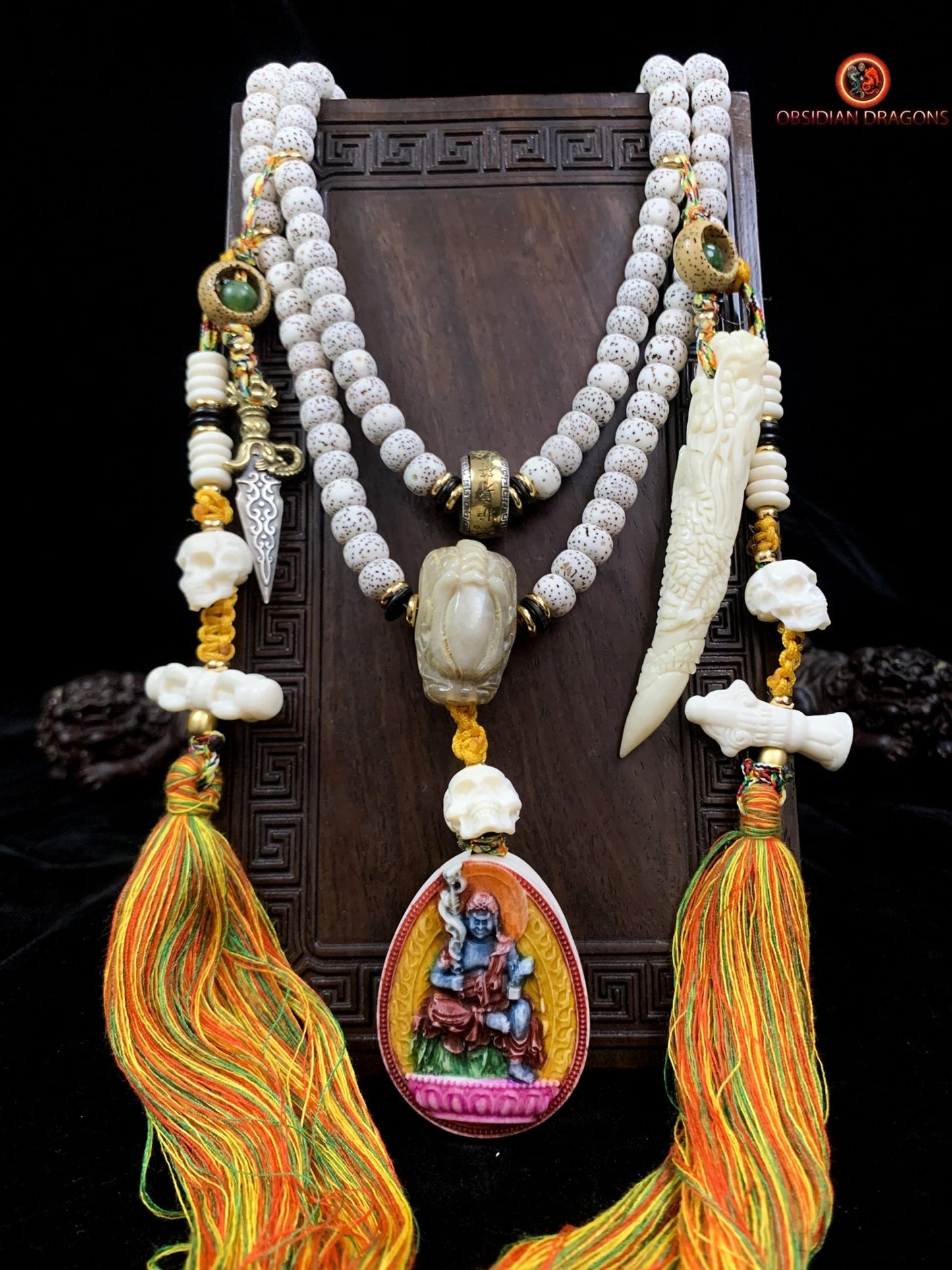
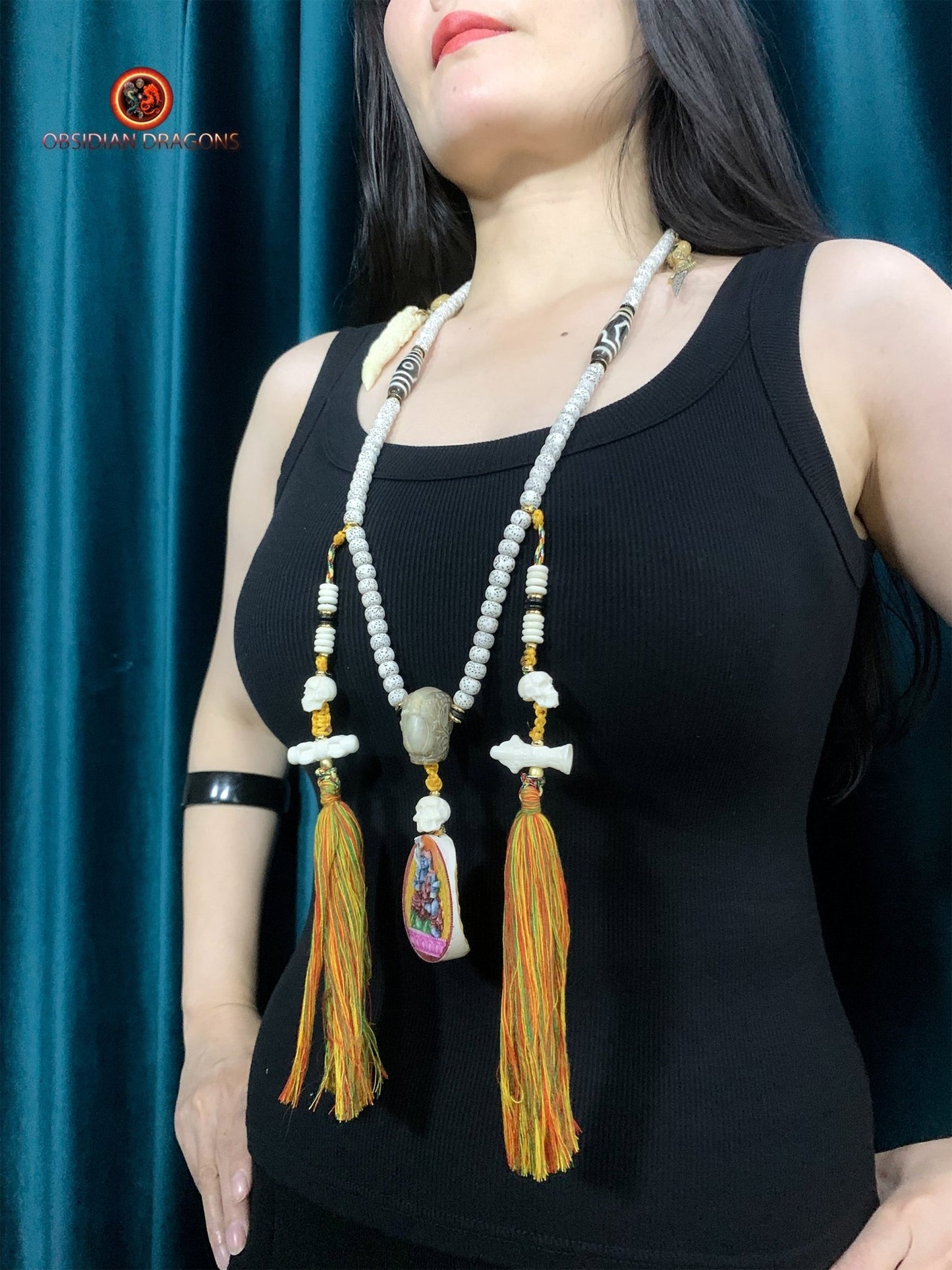
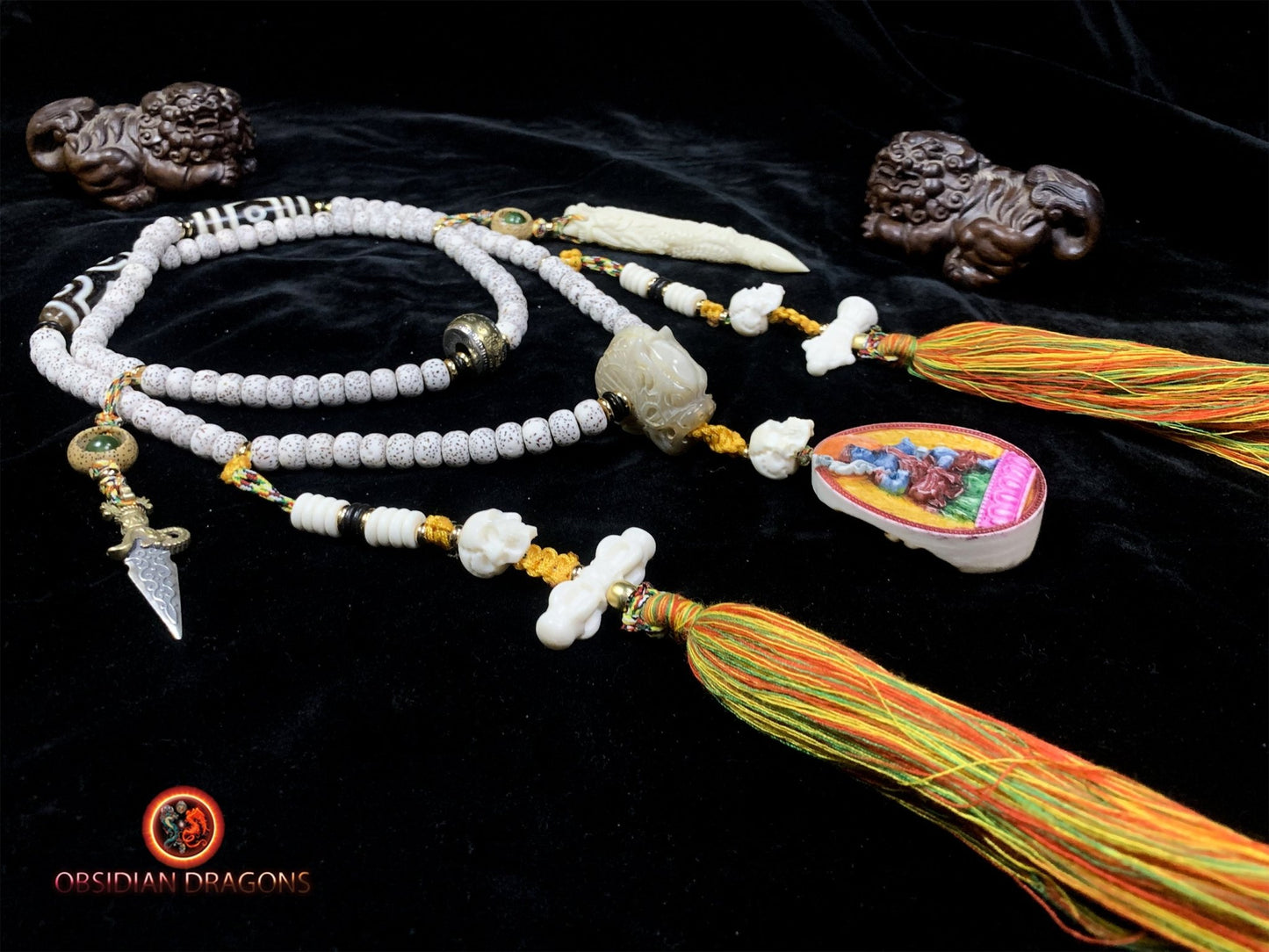
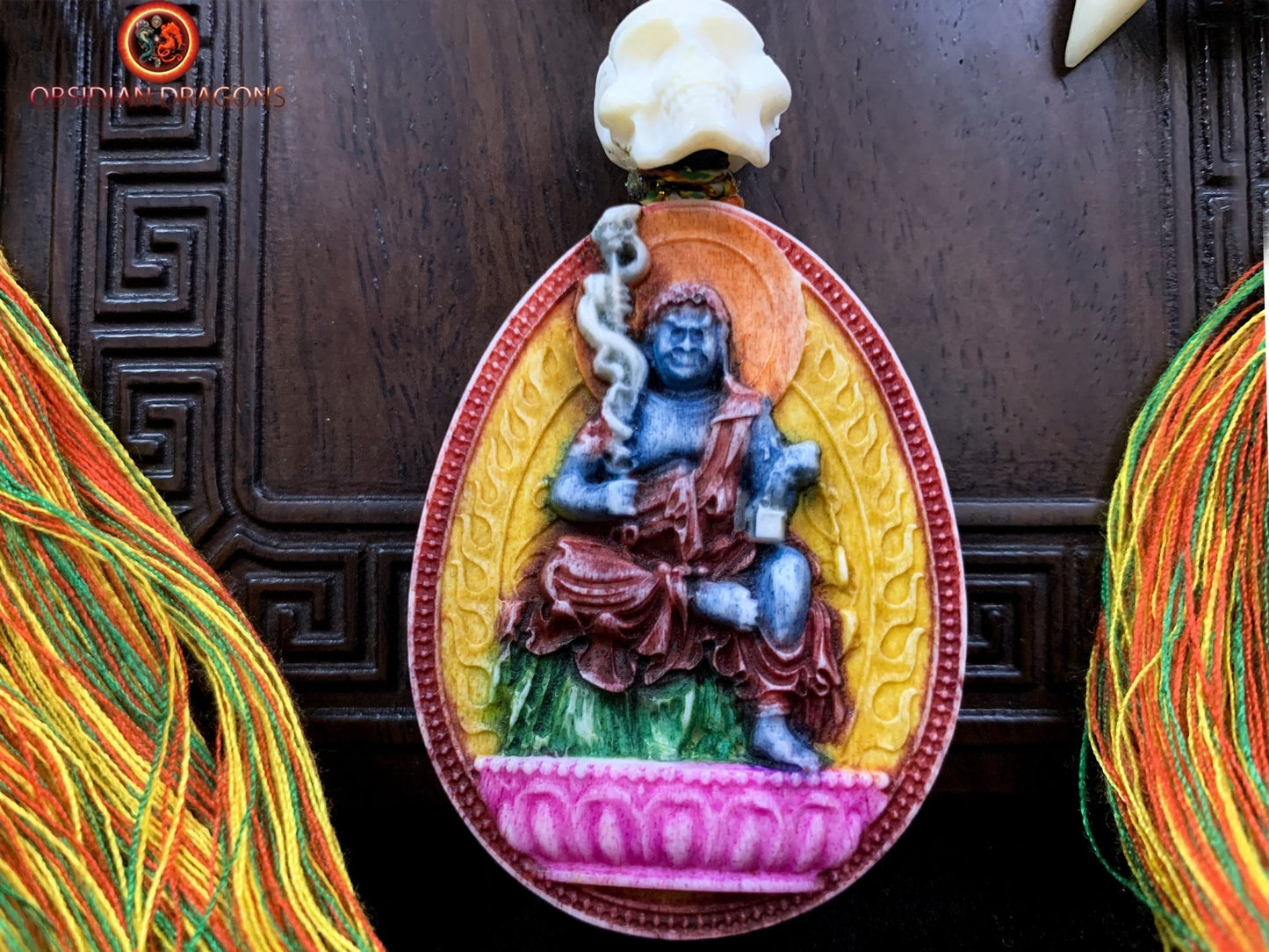
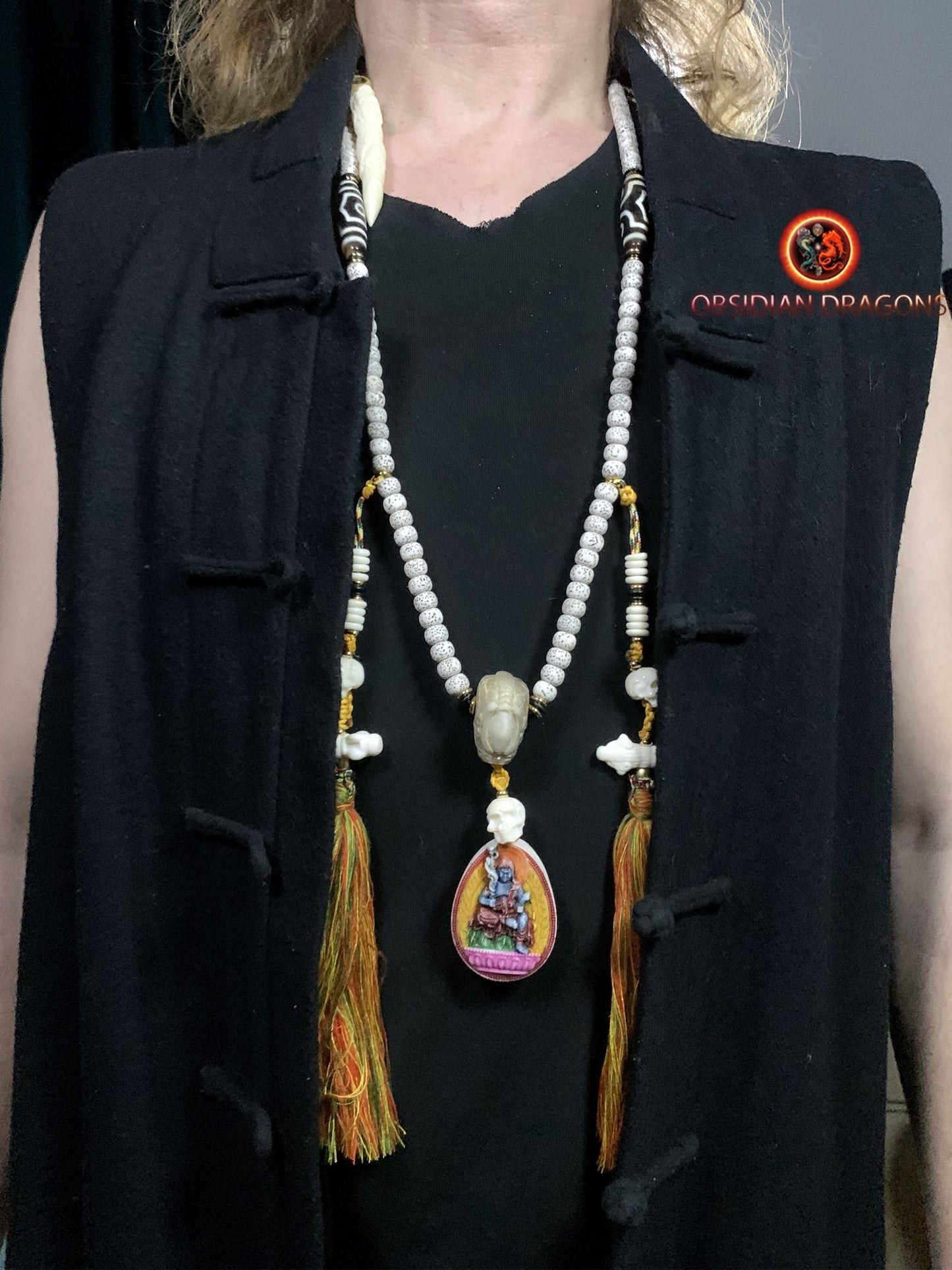
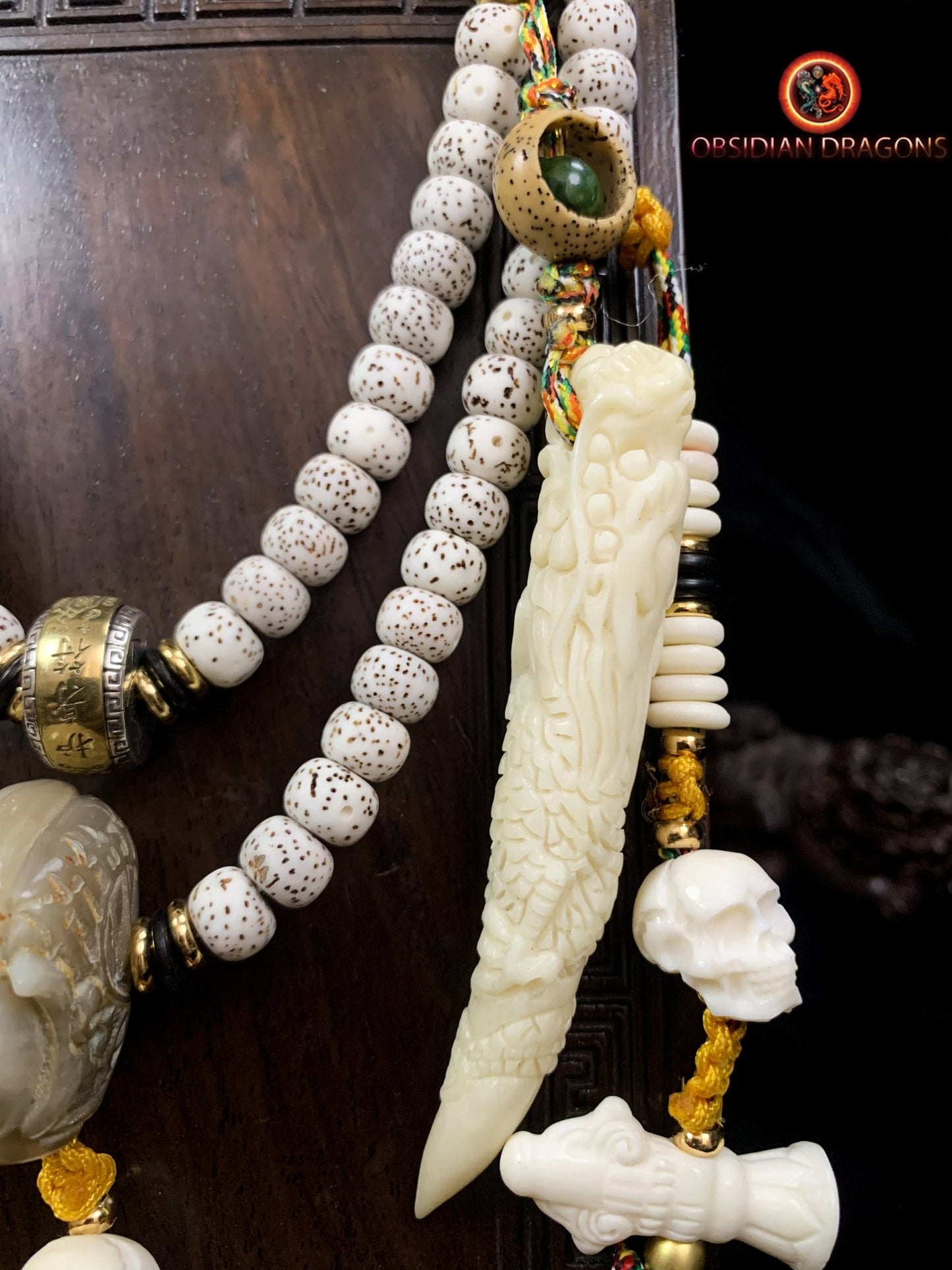

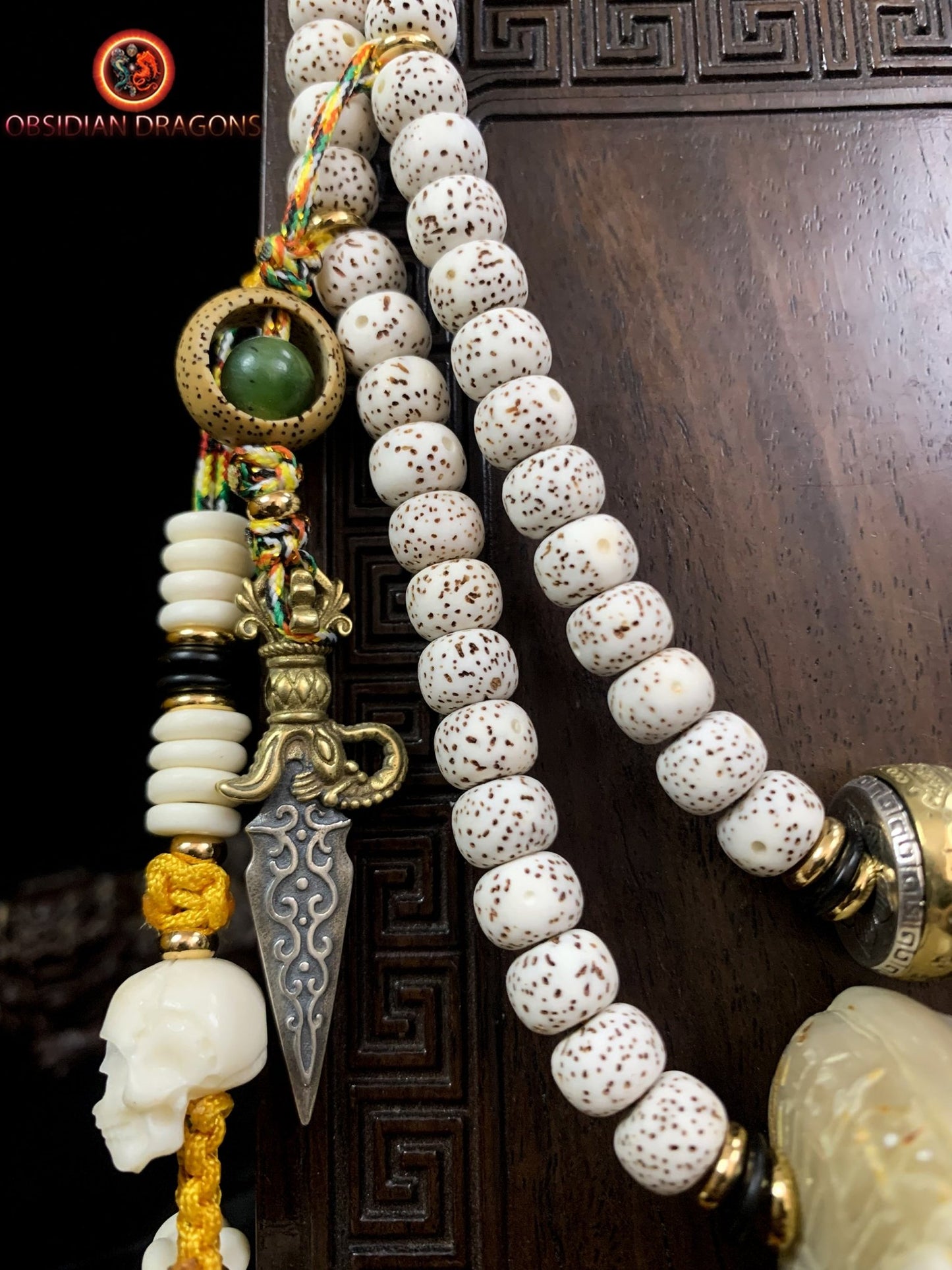
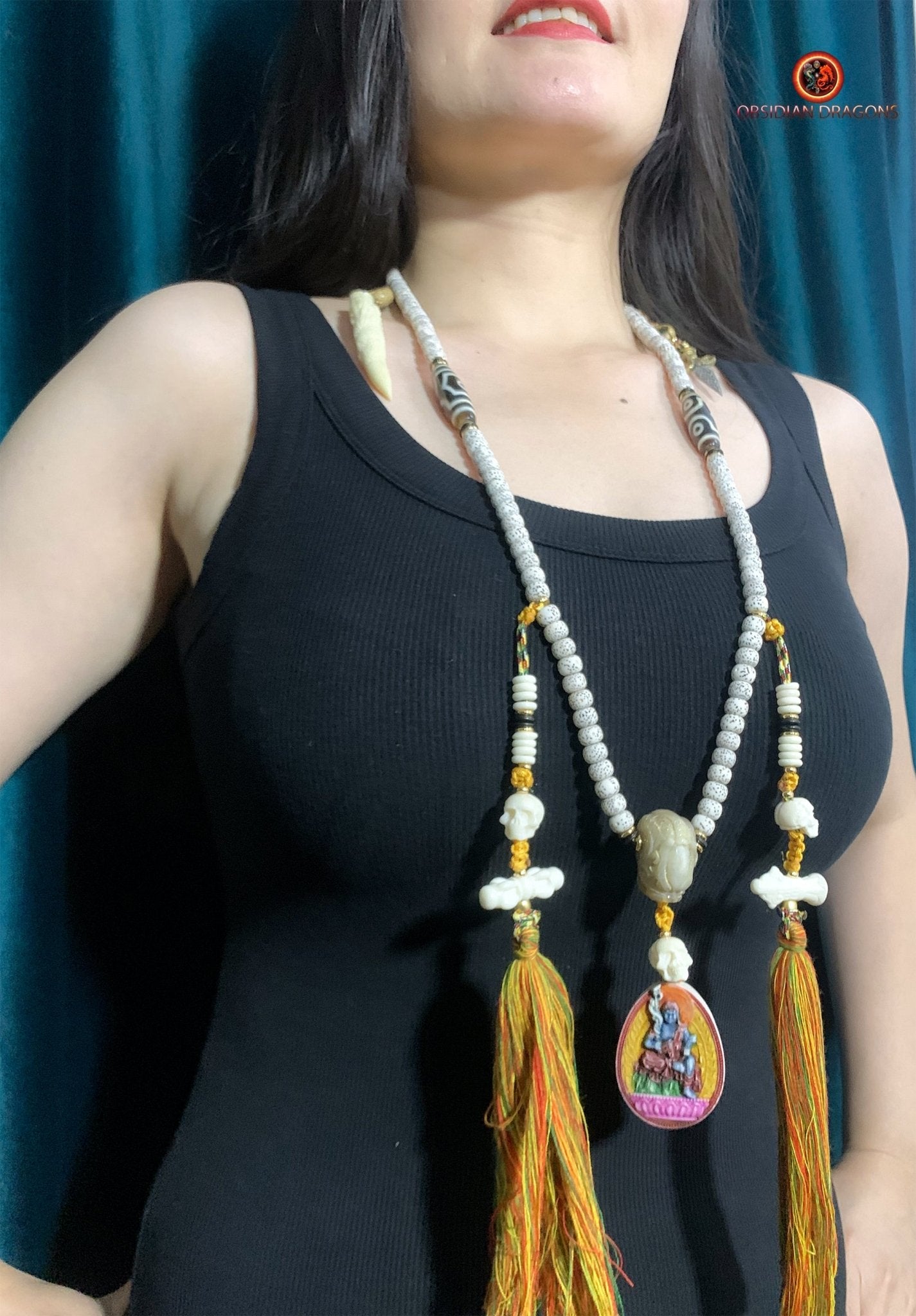
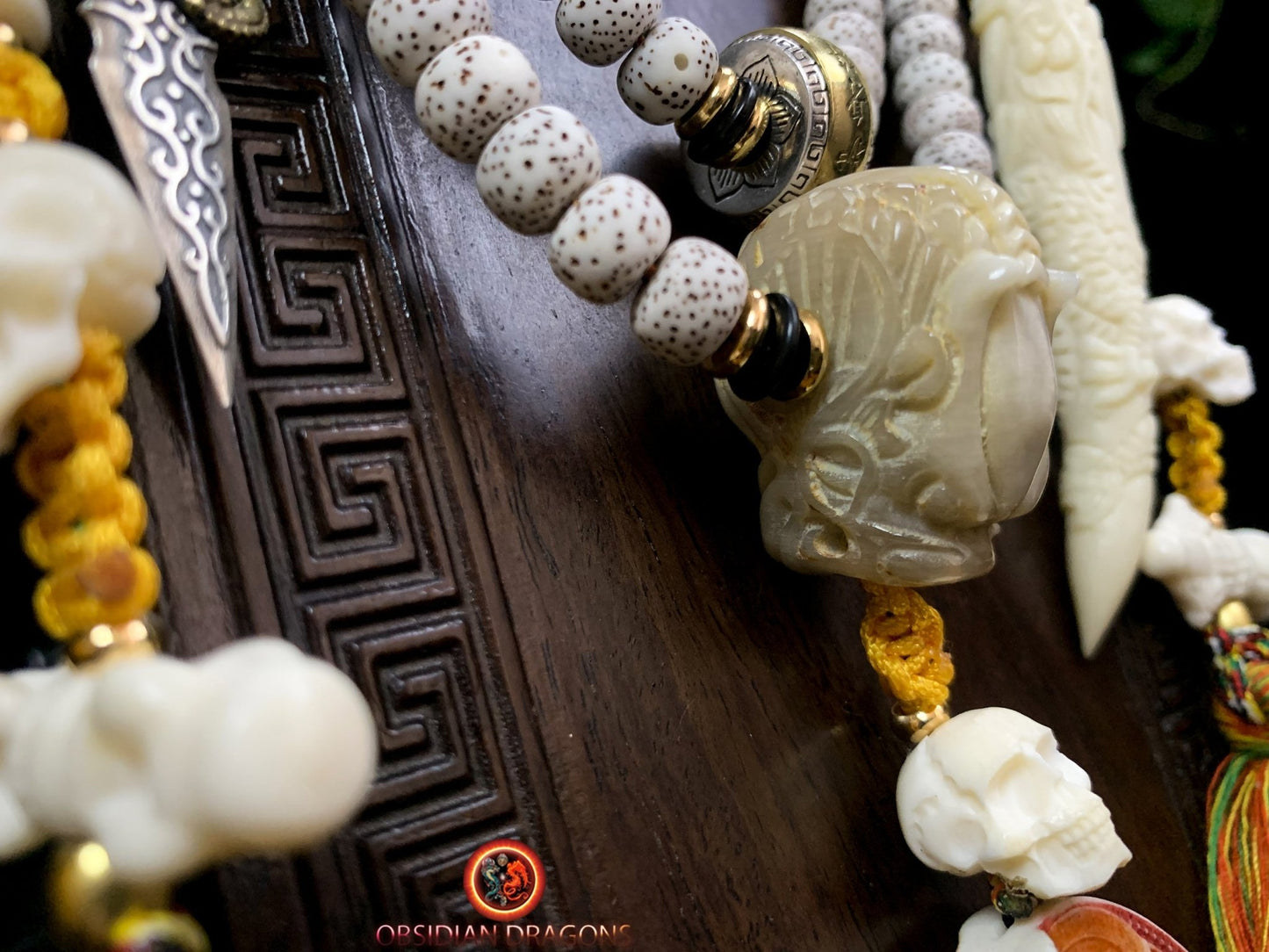
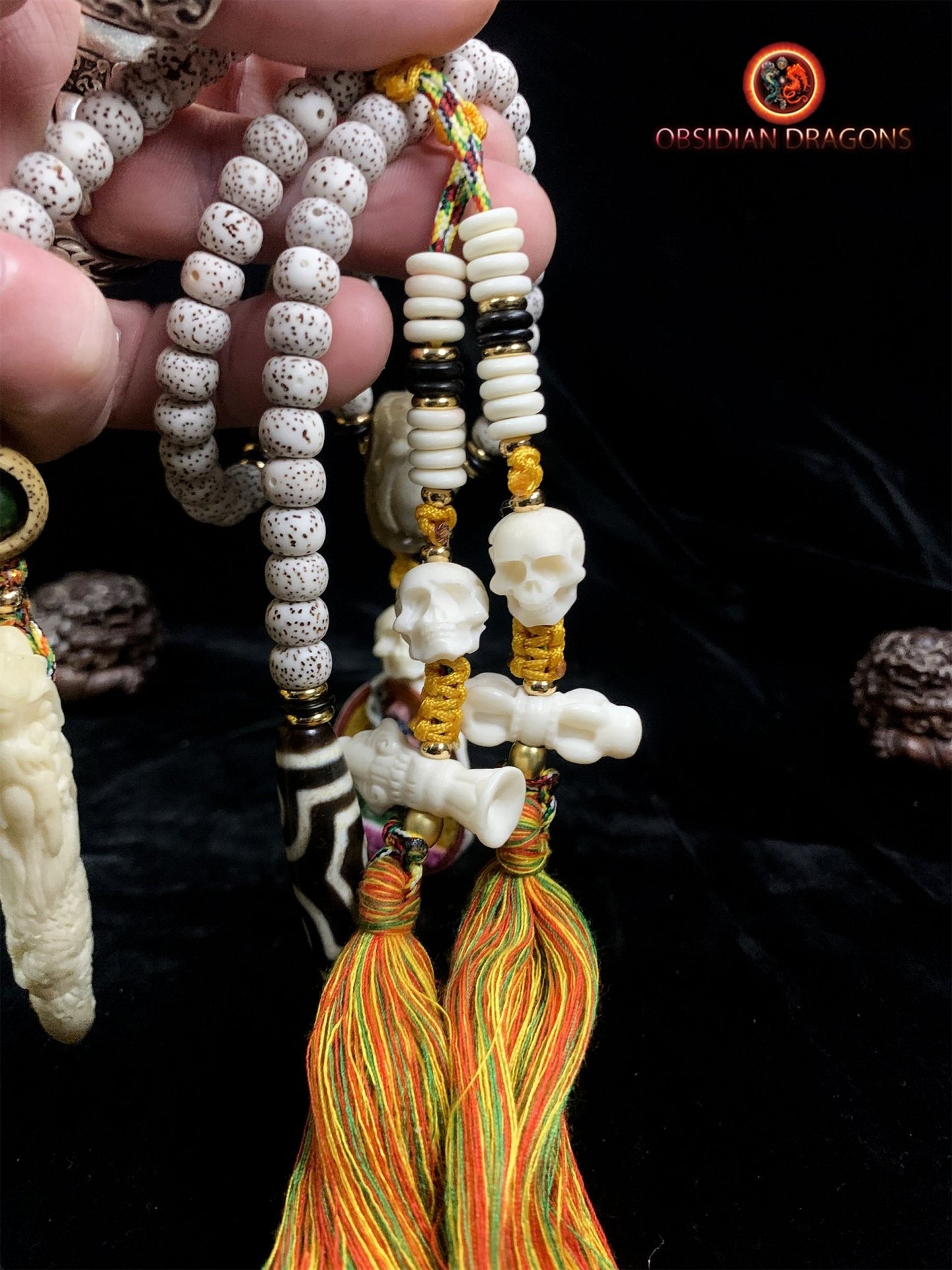
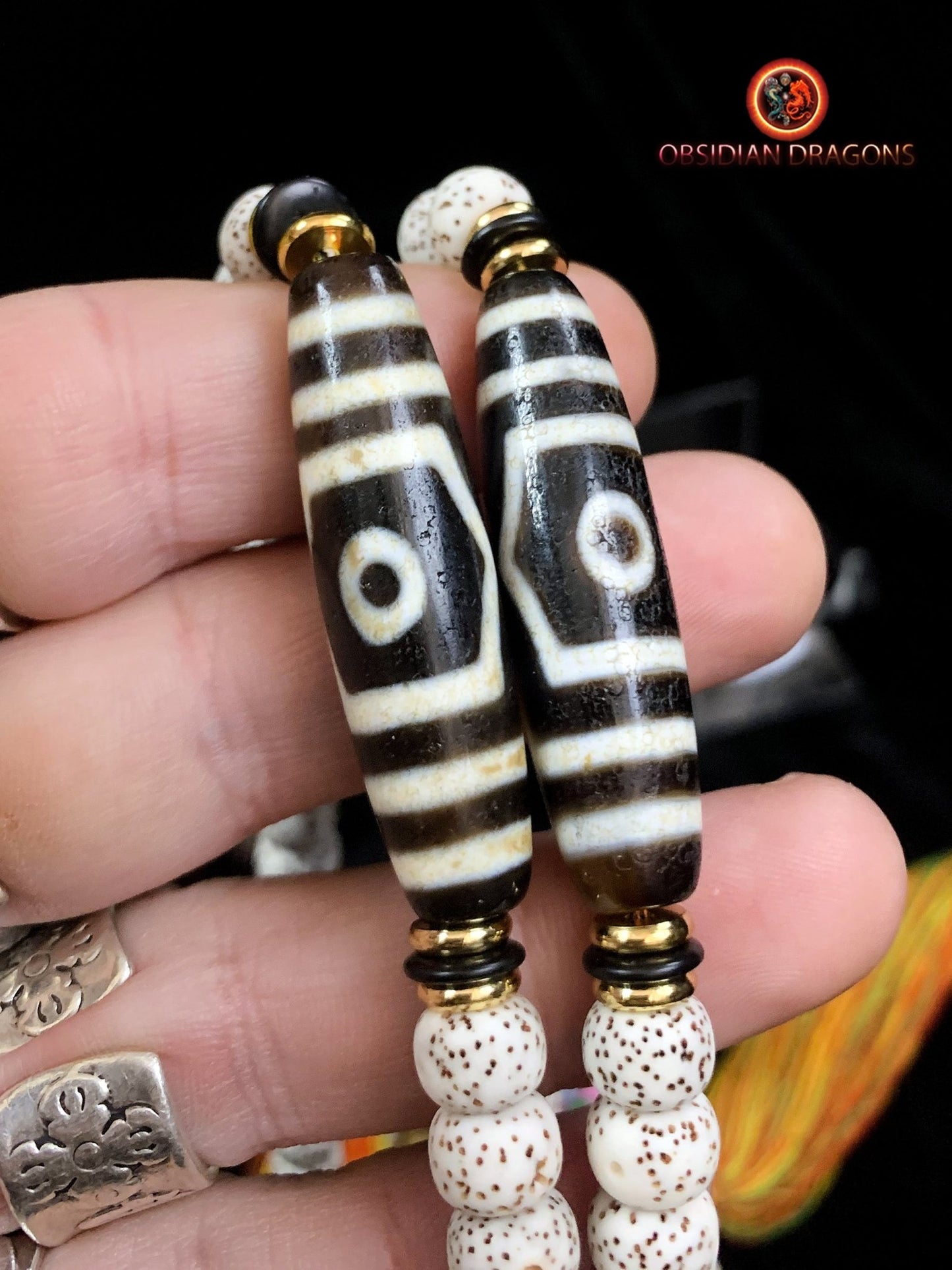
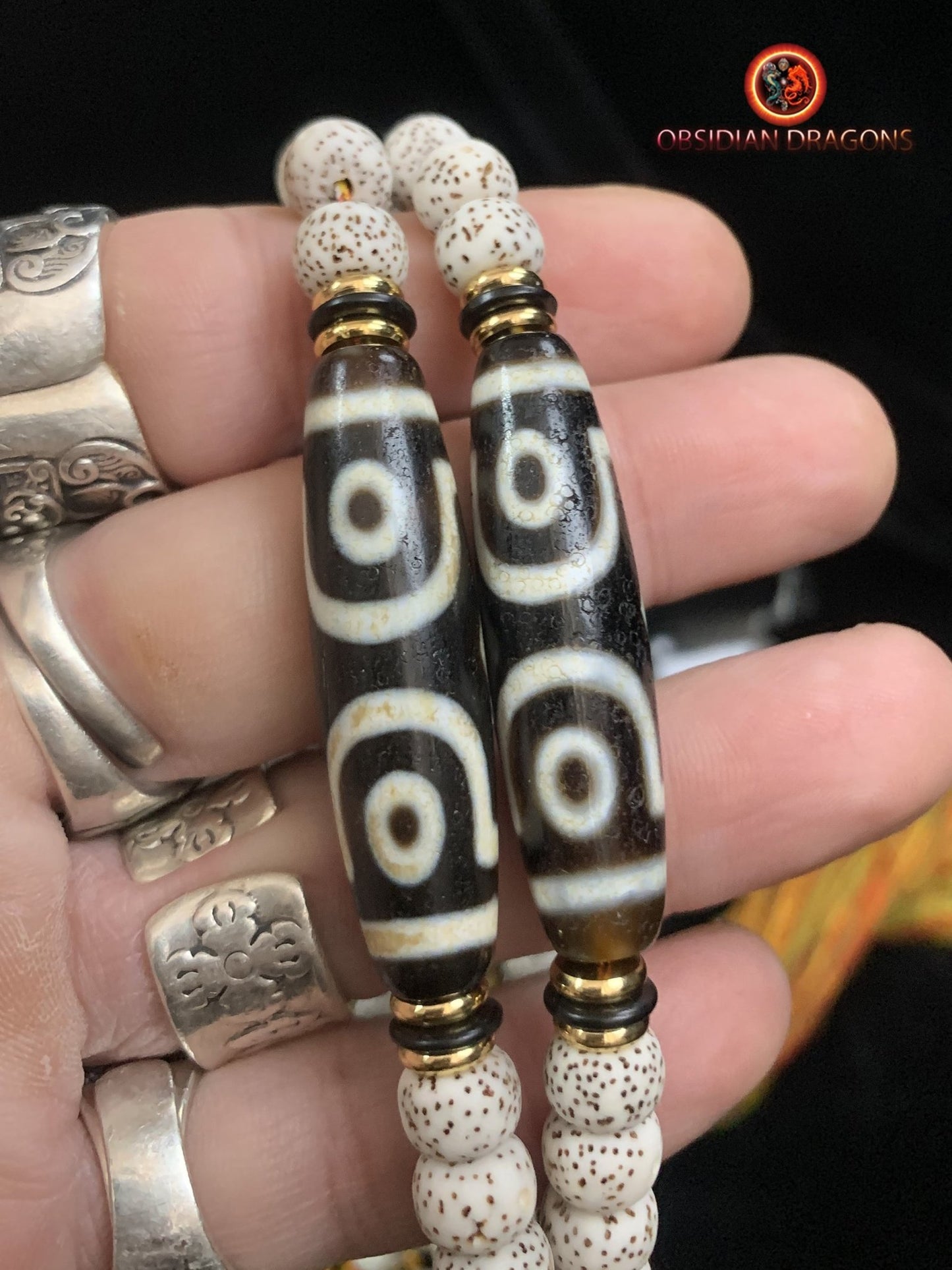
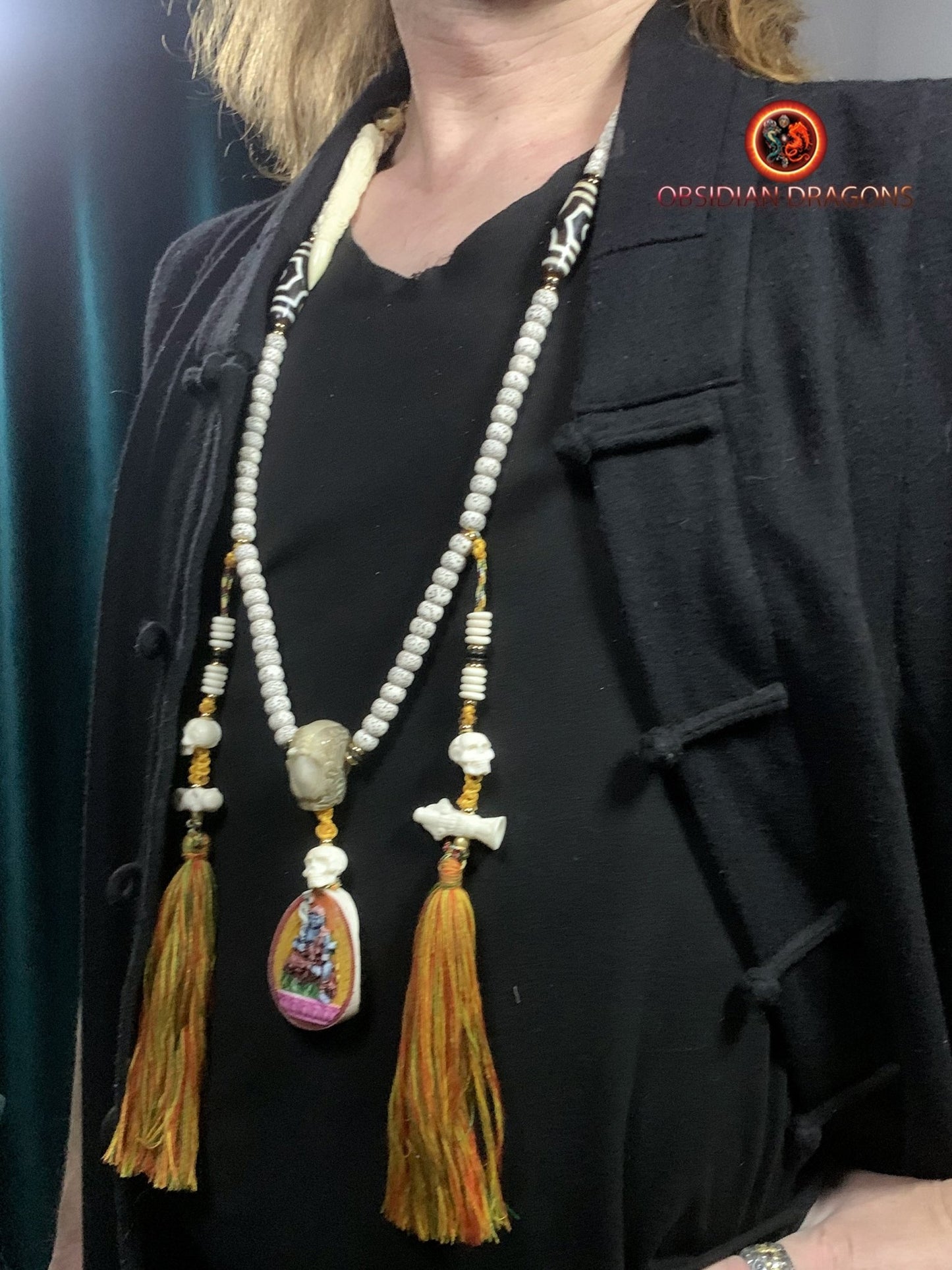
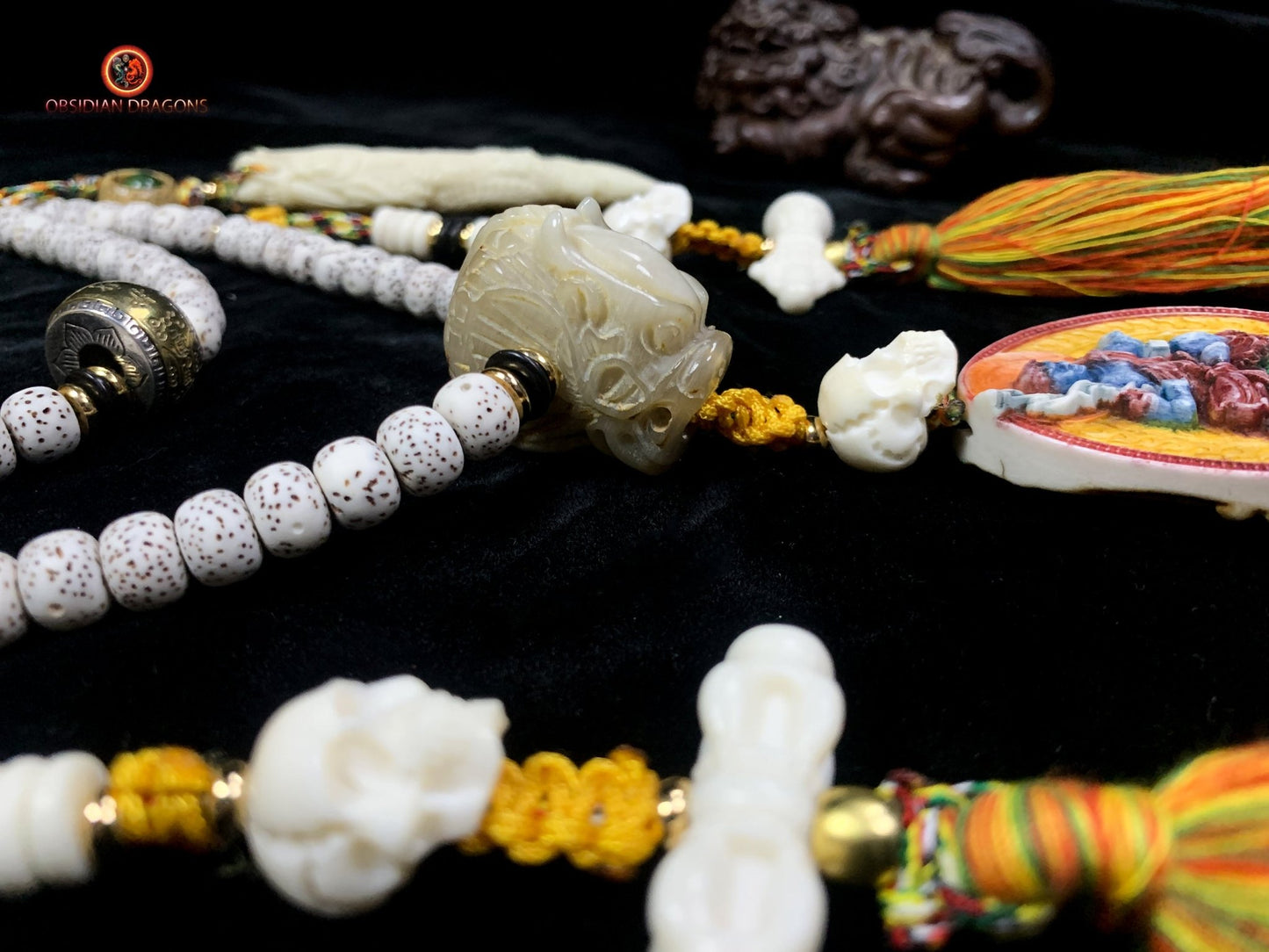
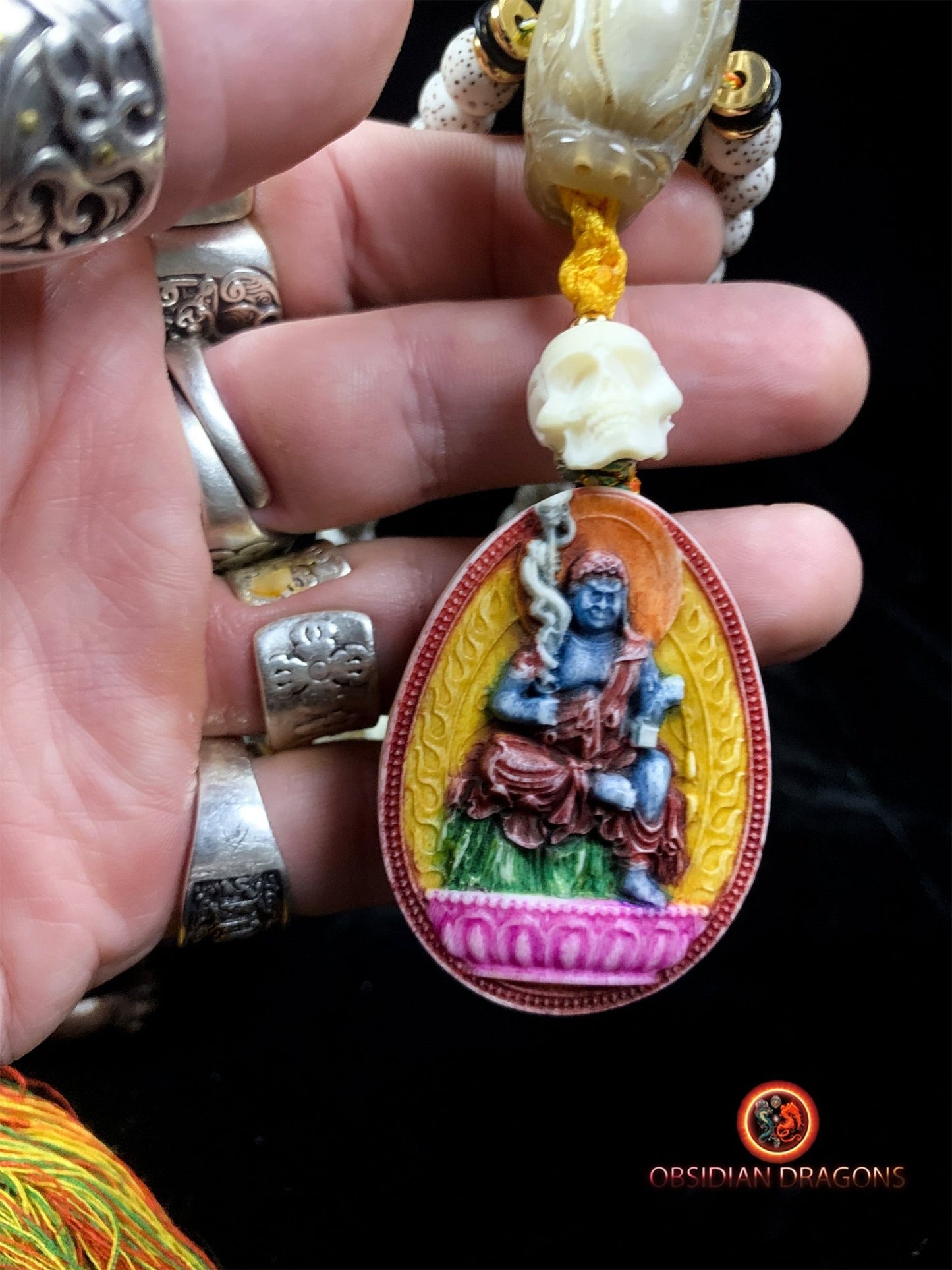
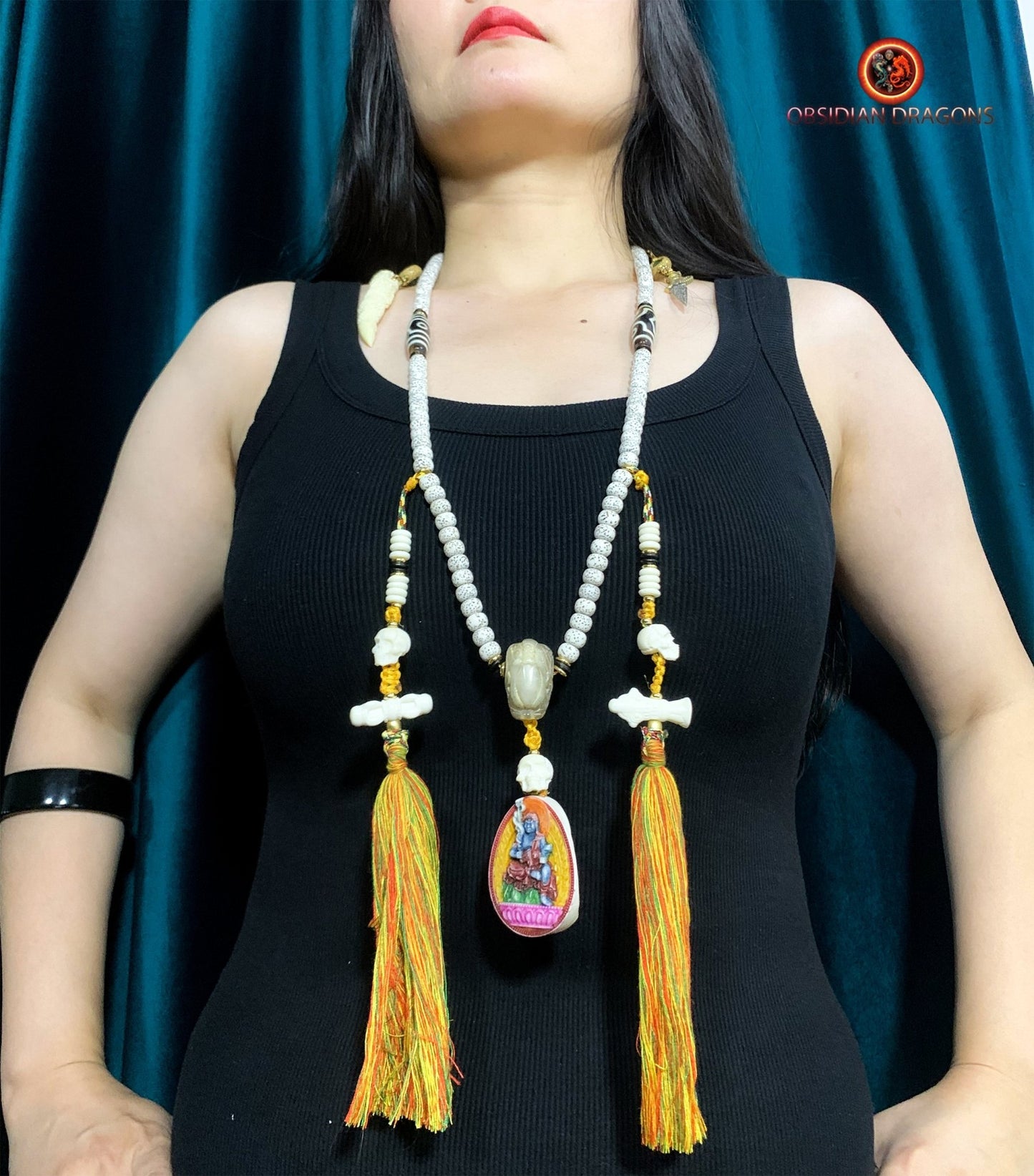
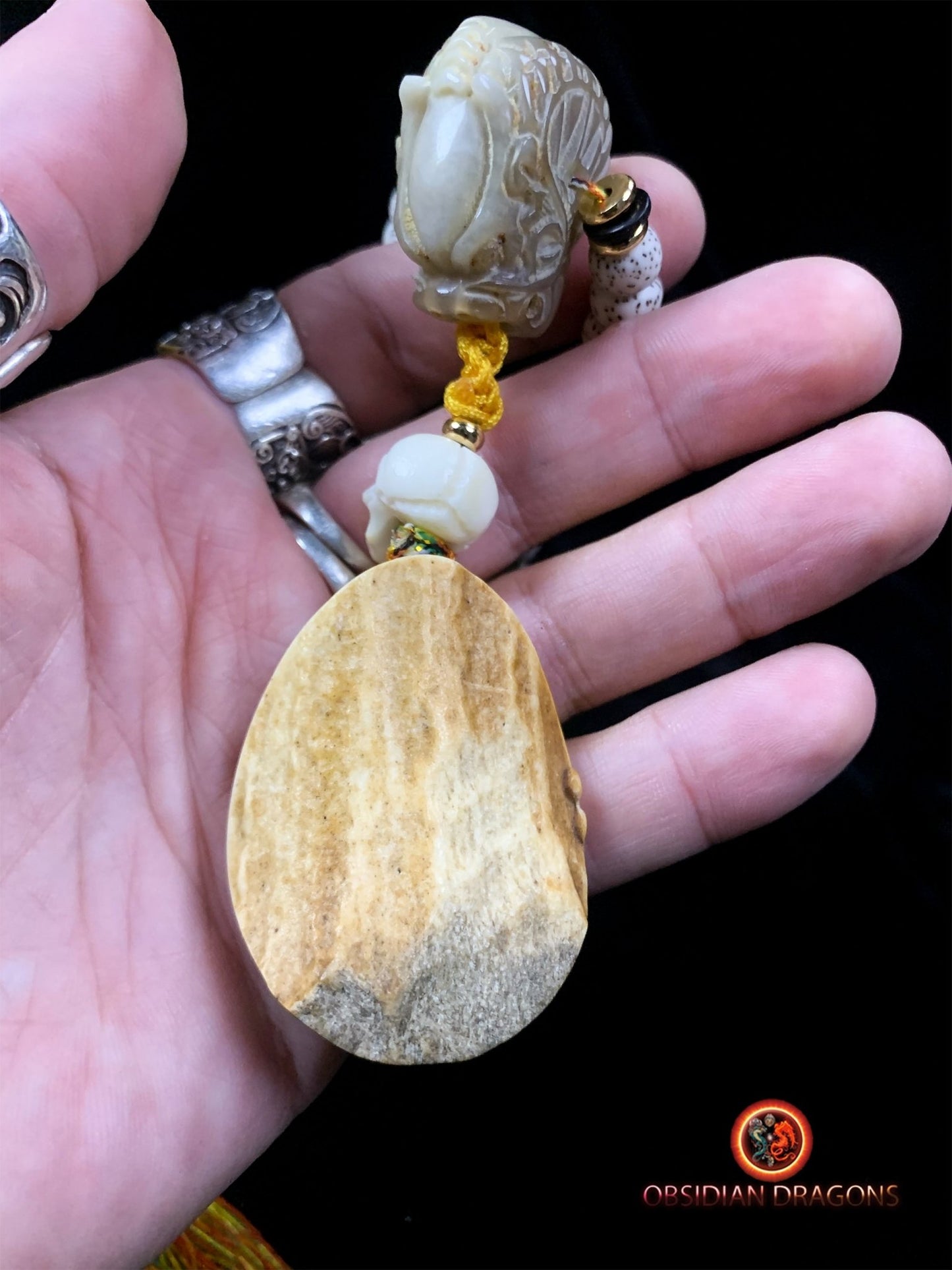
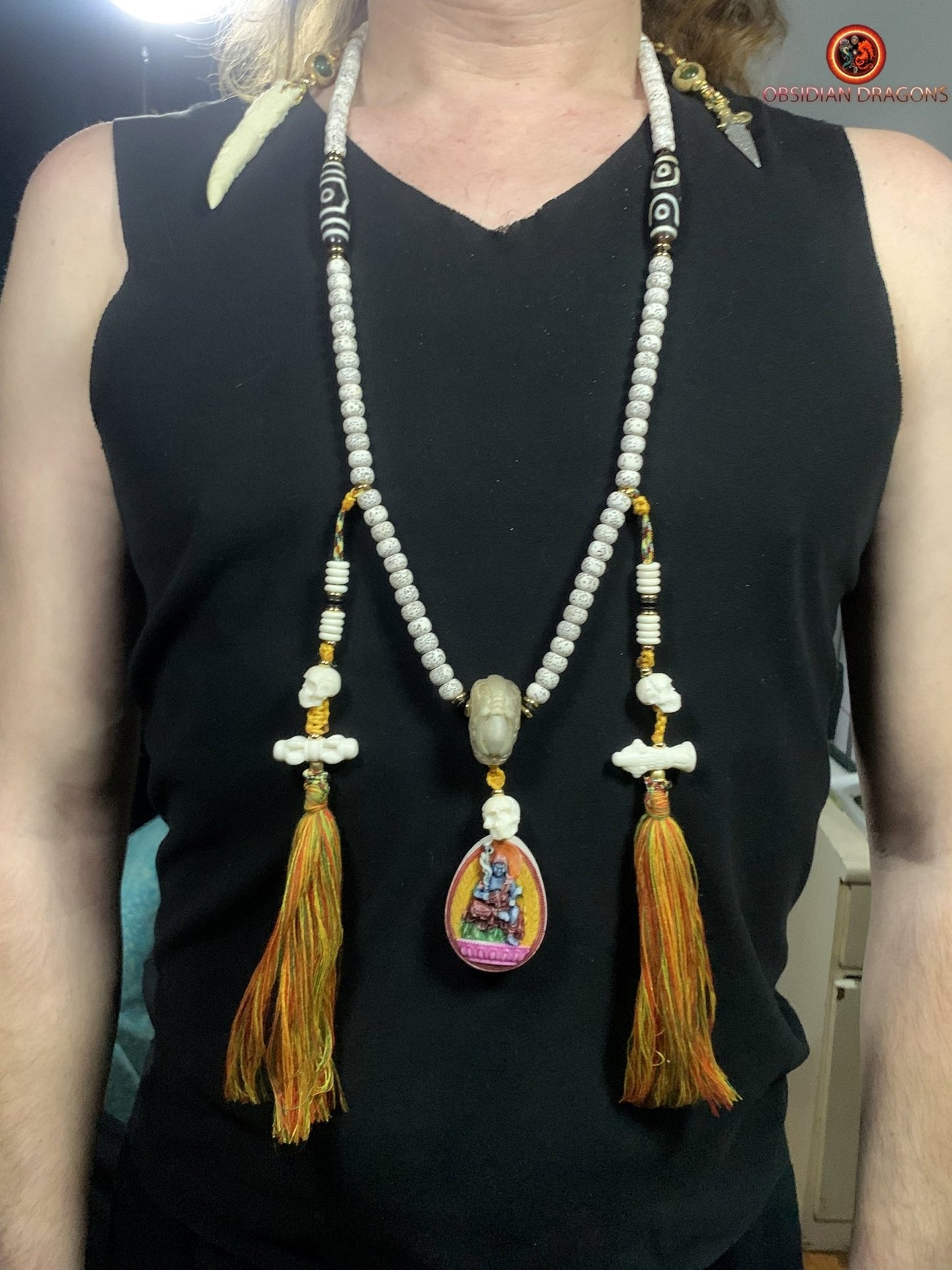
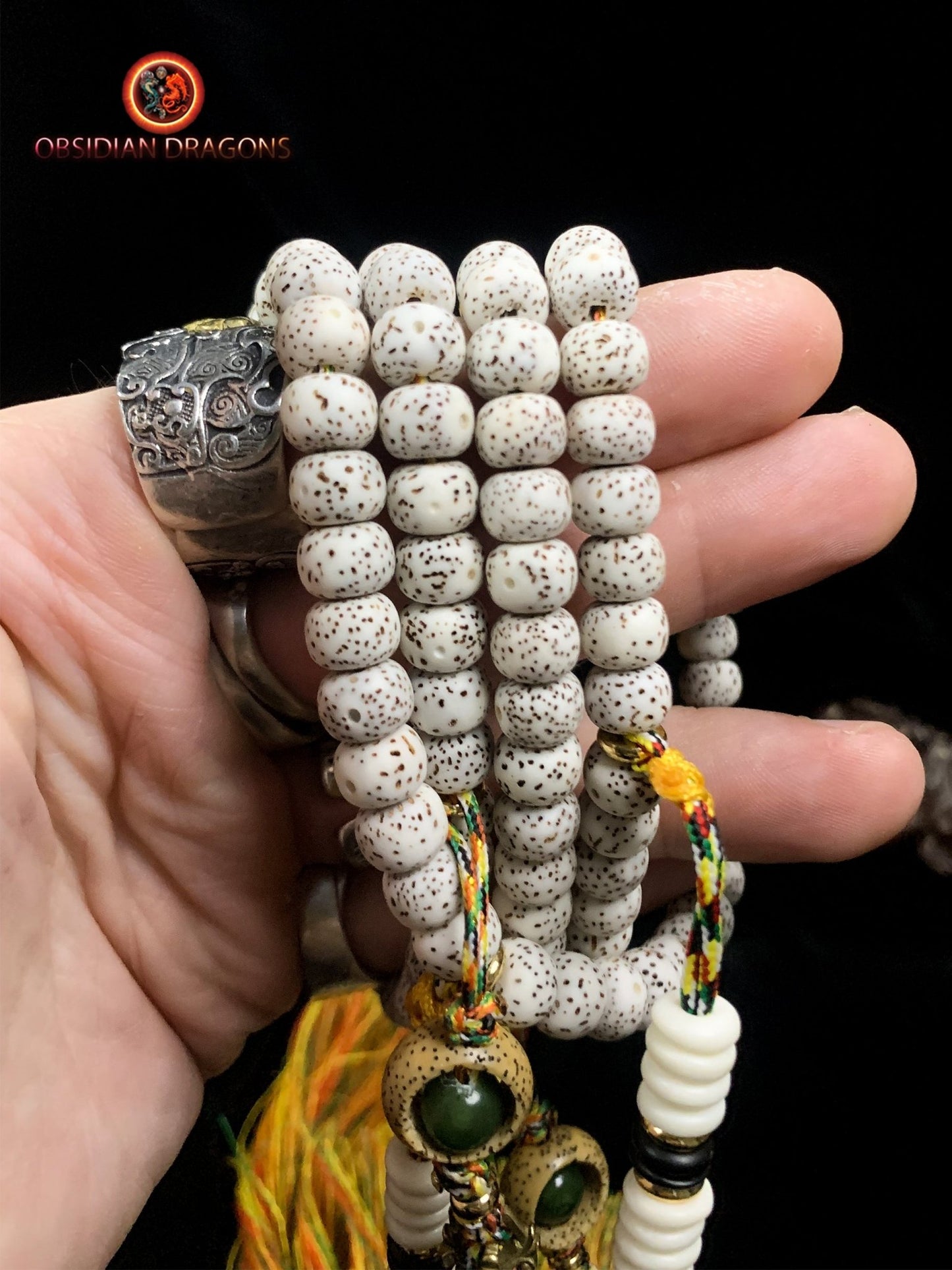

Return conditions for a Zen purchase
We offer you a money back guarantee within 14 days after delivery of your order.
If you are not completely satisfied with your purchase, please contact us to arrange a return of the product and a refund.
Except for returns, shipping is free on all orders.
Multi-column
Button text-
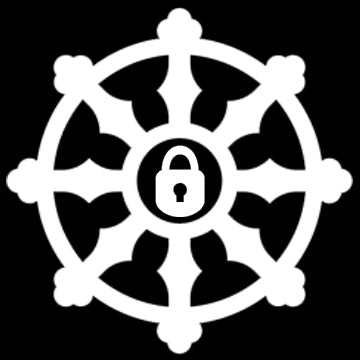
100% secure payment
3 times interest-free option with Scalapay
-

Free delivery in France and internationally
14 days money back guarantee after delivery (see our conditions of sale)
-

Column
Excellent customer service
Live chat
Whatsapp +33674049312
Let customers speak for us
from 918 reviews4eme pièce que j'achète et encore une fois, jamais déçue de l'unicité et de l'originalité. Coup de cœur pour ce bracelet en magnifiques molaires de mammouth, charge de vie et d'histoire. Attention pour un tout petit poignet de fille comme le mien cela peut être trop grand. N'hésitez pas à poser la question à Jeremy sur les tailles, il répond toujours et il est très réactif.

Déjà j’au été très impressionné par la qualité du site web pour tout chercheur de vérité mais également pour la disponibilité de Jérôme qui a su dépasser mes plus grandes attentes pour la commande sur mesure d’un mala en Obsidienne Œil Céleste – Dragon & Bagua Feng Shui. Gràce à ce puissant talisman je peux désormais continuer ma route sereinement. Un très grand merci sincèrement.

magnifique, puissant et apaisant, il m'aide à garder mon calme je le trouve absolument parfait!

J'ai eu l'occasion de rencontrer Jérémy sur Paris avant l'achat...très bon contact avec lui ..il sait de quoi il parle...je suis revenu vers lui pour l'achat de cette magnifique statue...elle a été emballee avec beaucoup de soin pour une expédition de chine... vraiment très satisfait de cet achat..merci

Pendentif dragon en obsidienne œil céleste - Symbole spirituel

Le collier est superbe, et ce pendentif magnifique, ses détails! et l'odeur du bois de santal que c'est agréable! Qualité extra! Contact excellent avec Jérémy, merci beaucoup pour votre gentillesse! Quelle qualité, vivement le mala !

L'objet est très joli et malgré que je ne sois pas un spécialiste, je trouve que le crystal est beau. Il n'est pas parfait et cela me rassure sur la qualité du produit qui est sensé être naturel donc imparfait.
Très bien emballé et en plus housse de rangement offerte.
MERCI

J’ai commandé un crâne de dragon, il est super beau et très puissant. Je l’adore 😍 Et l’envoi a été très rapide 🤗 merci 🙏🏻

bracelet puissant, je suis content de mon achat

Cet artisan est gémologue, il travaille avec des artisans qui sont des vrais artistes, je suis bluffé par la qualité des ouvrages sur l’argent et sa qualité. Quand à la qualité des pierres pas besoin d’être gémologue pour voir la qualité exceptionnelle des pierres, encore une fois le travail de sculpture est exceptionnel.
Mon mala traditionnel est une pure merveille dans la tradition originelle. Le ghau est une merveille qui me comble.
Bref que dire de plus :). Allez sur son site.
PS : vendeur qui connait son métier et les traditions bouddhistes ce qui est un plus en plus :)

Ce crâne est un Etre de Lumière. Attirant , inspirant , "parlant".
Il est un Ami qui tire mes pensées vers le Haut.
Ses énergies vibrent à des fréquences élevées. Il est puissant dans la douceur.
Un crâne de Dragon m'assite également. Merveilleux !

Très beaux bracelet et très puissants

Magnifique crâne givré de l'Himalaya.

cette chevalière est tres bien réalisé, avec beaucoup de détails, je suis heureux de l'avoir

